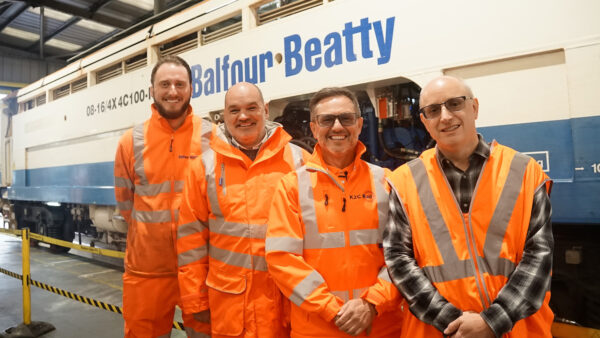
A horse and cart with passengers crossing Hammersmith Bridge during the Victorian era
Kier has started work on the £25m first phase of repair work to the 132-year-old Hammersmith Bridge in London.
However, the total cost of repairing the unique Historic England-listed bridge is unknown, with estimates running as high as £120m, because of the complexities involved in working on such an old structure.
Transport for London (TfL) is contributing £25m and, with Hammersmith & Fulham Council, exploring the most appropriate funding for the next phase of repairs. The contract award for this work is due to be announced next spring and is expected to take around three years.
The bridge has been closed since April this year, when several hairline micro-fractures were discovered in the cast iron casing around the pedestals that have held the suspension chains in place since 1887. Cast iron can shatter, which is one of the reasons this is the only bridge of its kind in the world.
Once repairs are completed, the refurbished bridge will enable cars and buses to cross, including heavier electric single-deckers, but to prevent future damage, TfL will limit the flow of buses on and off the bridge.
Cllr Stephen Cowan, leader of the London Borough of Hammersmith & Fulham Council said: “Hammersmith Bridge is not only a beautiful example of innovative 19th-century British engineering, it’s also a vital 21st-century river-crossing. This comprehensive structural review was the first in decades. It has revealed corrosion and significant failings throughout the 132-year-old suspension structure that, had they been allowed to continue unchecked, would have been a threat to public safety.”
Garry Sterritt, TfL’s head of asset investment, said: “This bridge is not only a historic and iconic structure in west London, but an important transport link – connecting people across the river and supporting local economies. We’re committed to supporting the next stages of the project, and will work with Hammersmith & Fulham Council to identify the best way to pay for the later stages of the refurbishment.”










